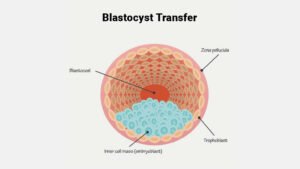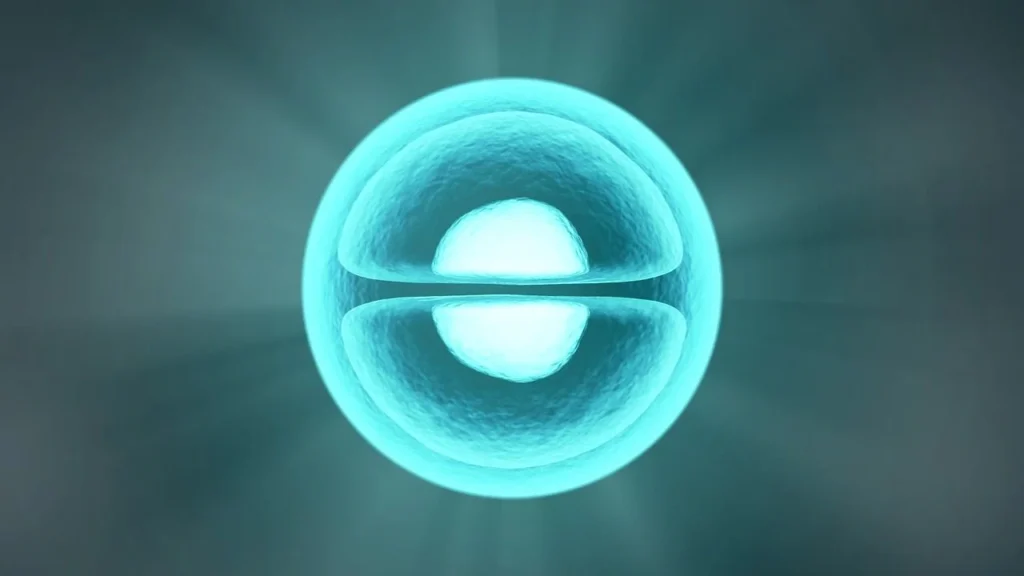IVF treatments in India boasts lower cost, yet higher success rates

IVF or In vitro fertilization treatments are popular all over the world. However, the attention of IVF treatment seekers has turned to India as their choice of the treatment location. Many people from the western world are visiting India for this purpose.
Cost of IVF Treatment in India
Affordability of the cost of IVF treatment in India coupled with excellent success rates attract many couples from all over the world, and their confidence to choose India as their IVF treatment destination has increased over time. The average cost of the IVF treatment in India is usually between Rs. 250,000 – 450,000 for a basic IVF treatment cycle. However, advanced IVF treatment as if ICSI (Intracytoplasmic sperm injection) or ET (Embryo transfer) costs 120,000 – 150,000 in addition to the IVF basic treatment cycle cost. This is only a fraction of a treatment cost when compared with the IVF treatment costs in the western world.
In addition, the cost of IVF treatment hugely varies between various cities of India. The cost of IVF treatment in Delhi is totally different from treatment cost in Mumbai or in Chennai. Due to this reason, many couples who live in different parts of India travel to other locations to undergo these IVF treatments at an affordable cost.
Here is how the infertility treatment cost in India varies according to the location
| City | Price |
| Mumbai | 200,000 – 300,000 |
| Bangalore | 160,000 |
| Chennai | 145,000 – 160,000 |
| Delhi | 90,000 – 125,000 |
| Nagpur | 75,000 – 90,000 |
| Pune | 65,000 – 85,000 |
| Hyderabad | 70,000 – 90,000 |
The treatment cost in Chandigarh is considerably low when compared with some of the locations above, and at Reviva clinic you could receive world-class medical care for the same cost.
Additional Costs Associated With IVF Treatment
Every couple should keep in mind to analyze the package that comes with the IVF treatment beforehand in order to avoid any hidden charges. For instance, Reviva Infertility and IVF Clinic offer special IVF package that includes all examinations costs as if for ultrasound examination, the cost for all types of blood tests that required during IVF treatment, anesthesia cost, advanced IVF treatment cycle options as if ICSI and ET.
Besides, Reviva clinics package also incorporates laboratory charges and even it includes the cost of day care hospitalization that is required during IVF treatment cycle and guarantee of no hidden fees. All charges are included and elaborated in the treatment packages so that preparing for the treatments financially would not bring any surprises throughout the process.
Conclusion
As India is one of the countries to receive infertility treatments for a lower cost, you should consider visiting Reviva Clinic at Chandigarh to make your dream come true. Along with the lower cost of treatments, the lower costs of accommodation and also travelling will reduce additional costs you will have to bear during the visits. That is why many people consider India today as to be a leading country for medical tourism. If you are planning for IVF treatments and wondering where to seek the best care, then you are in the right place. Reviva clinic is more than happy to hear from you
































